Body mass index (BMI) is a conditional indicator of the ratio of height and weight, which WHO considers important for assessing the risks of developing multiple diseases and functional disorders. You can calculate this value using a simple formula proposed in 1835 by Adolphe Quetelet.
Record content:
- 1 Body Mass Index (BMI)
- 2 Why do you need to know your optimal weight?
- 3 BMI value accuracy
- 4 What affects the body mass index?
- 5 The formula for calculating BMI according to Kreff
- 6 Quetelet formula
-
7 Formula by body type
- 7.1 How to determine your body type?
- 8 Age-based calculation
- 9 Calculation examples
-
10 Decoding ideal body mass index
- 10.1 BMI 18 or less
- 10.2 BMI 25 or more
- 11 Differences in indicators between men and women
-
12 Maintaining or restoring a normal body mass index
- 12.1 How to increase your BMI correctly?
- 12.2 How to lower your BMI to normal?
- 13 Consequences of low and high BMI
- 14 Body Mass Index Videos
Body Mass Index (BMI)
The value allows you to indirectly assess the physical development of a person for overweight or underweight, which is negative affects the quality of life and often becomes the cause of the development of endocrine disorders, dystrophic conditions and other pathological anomalies.
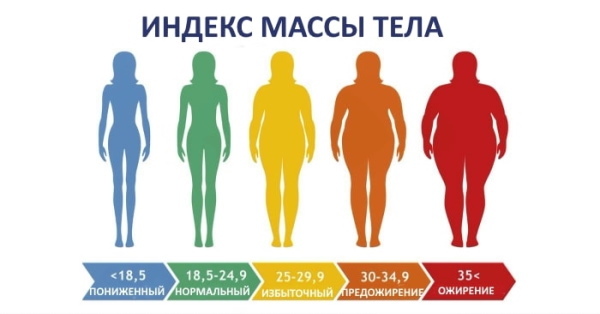
The original formula was not very precise and was unified.
Therefore, later, various indices were added, necessary for accounting:
- body type;
- age;
- gender identity;
- the presence of chronic or genetic pathologies that affect the height and weight of a person.
You can calculate BMI (the formula is extremely simple and does not require complex calculations). The conventional concept is widely used in clinical practice and is often necessary when assessing the effectiveness of a diet for weight loss.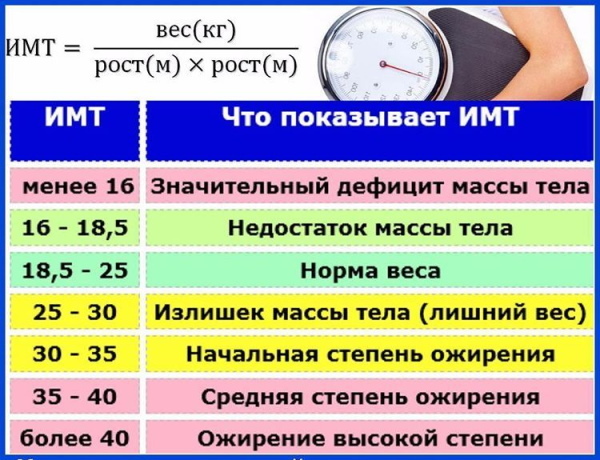
It is used in professional sports when analyzing the functional state of athletes, when conscripted for military service and in other cases. BMI should be used with caution - only as a rough estimate of the physical parameters of the body.
In well-developed athletes, the deviation from the generally accepted and approved by the WHO norm is easily explained by the large volume of muscle mass or the type of body build. To clarify the functional state of the body, along with BMI, generalized (central) obesity indices are used.
Why do you need to know your optimal weight?
Overweight is the main reason for the general deterioration in the health of the population of the most developed countries of the world. This is evidenced by statistics regularly collected and published by WHO.
Knowing your own optimal weight allows you to maintain good physical shape, proper functional state of the body and avoid many pathological processes.
Overweight serves as a launching pad for a whole group of cardiovascular, hepatobiliary, digestive and other diseases.
The most common pathologies associated with obesity:
- type 2 diabetes mellitus;
- hypertension;
- atherosclerosis;
- osteochondrosis;
- pancreatitis;
- coronary heart disease;
- oncology of various localization.
Weight deficiency is no less dangerous. It indicates the depletion of critical internal organs. Such patients constantly feel a lack of strength, chronic fatigue, and a decrease in mental abilities.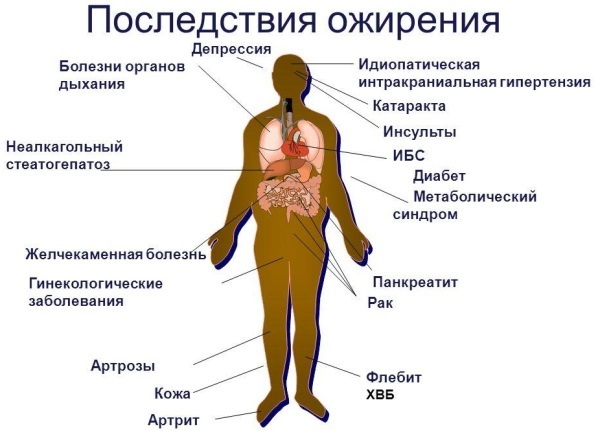
They have typical signs of vitamin and oxygen starvation, and immunity is suppressed. Eating disorders develop, anemic conditions and osteoporosis progress.
Knowing your own optimal weight facilitates self-control and allows you to respond in time to pathological changes. Maintaining normal body weight will significantly improve the quality of life and increase longevity.
BMI value accuracy
The indicator cannot be considered absolutely reliable and universal. In each case, an individual approach is required with the introduction of adjustments and amendments, the need for which is due to personal physiological factors.
The conventionality of BMI is best illustrated by the fact that the 2012 Olympic weightlifting champion Behdad Salimi had this figure of 44.5 kg / m2. This value corresponds to obesity.
The classic formula does not take into account:
- floor;
- age;
- the percentage of fatty fibers with muscle fibers;
- three-dimensional structure of the human body and other influencing factors.
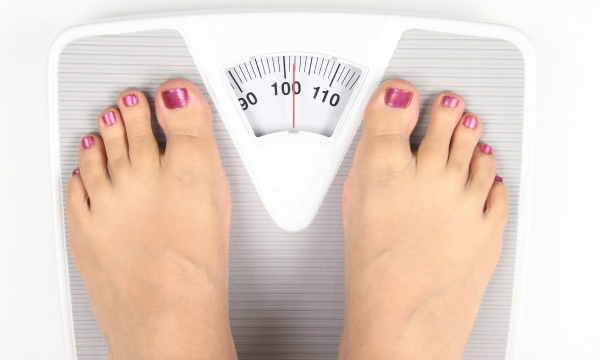 It makes sense to calculate BMI (the formula becomes more accurate when making individual corrections and adjustments) only to obtain approximate information about the state of human health.
It makes sense to calculate BMI (the formula becomes more accurate when making individual corrections and adjustments) only to obtain approximate information about the state of human health.
University of Oxford professor Nick Trefenten has expressed doubts about the accuracy of the body mass index, since it ignores the actual features of the human anatomy. The ratio of weight with height changes non-linearly. As a result, the classic formula for short people is that they are slimmer and tighter than tall people. This is not always true.
What affects the body mass index?
Numerous factors can distort the measurement results and significantly reduce their accuracy.. One of the most important is the ratio of lipid tissues to muscle fibers. The latter have a high specific gravity and density.
As a result, an ordinary person who does not play sports and a professional athlete with the same height will receive a similar result, although the former may be overweight, and the latter is in excellent physical form.
The standard BMI formula does not account for gender and age differences. With its help, it is impossible to accurately assess the state of health of a 25 and 50-year-old person. The anatomical structure of the female body differs from the male body, which significantly affects the measurement result.
It contains at least 10% more light fatty tissue. With age, metabolic processes slow down, the breakdown of muscle structures increases. These factors have a strong influence on your BMI measurement result.
The value is of the type of addition. People with asthenic, normal and hypersthenic body configuration with the same height will have different measurement results. But this has nothing to do with the real state of health.
Bone tissue is the heaviest tissue in the body. The result of measuring body mass index depends on its volume. People with narrow skeletal structures will have a lower rate than those with wider bones and weigh more.
The formula for calculating BMI according to Kreff
The technique is an improved and supplemented method for calculating the real body mass index, which was developed in 1871 by the French surgeon and anthropologist Paul Brock. It is considered the most suitable for people with a height of 155-185 cm. In this range, the magnitude of the error is minimal. The technique takes into account age and anthropometric parameters.
The BMI calculation using the Kreff formula is based on typical anatomical relationships between different parts of the body and skeletal structures. The technique is poorly suited for calculating the BMI value in people with an irregular figure.
Kreff's formula is as follows: body weight = (exact height in cm - 100) + (age / 10) * 0.9 * K. A special coefficient has been introduced into it, equal to the volume of the wrist and denoted by the letter K.
With the girth of this part of the body less than 15 cm, K = 0.9. With a wrist volume of 15-17 cm, 1 is substituted into the formula. If the volume exceeds 17 cm, the corresponding value is K = 1.1. With the help of this coefficient, the body type is taken into account.
Quetelet formula
The methodology provides for the calculation of the BMI indicator based on the derivative of weight and height. This formula is considered standard, but not very precise. The reliability of measurements is increased by special coefficients.
The universal technique only works for the average person. This formula, although not ideal, is common in medical practice. The main advantage of the method developed by Adolphe Quetelet is the simplicity and availability of calculations.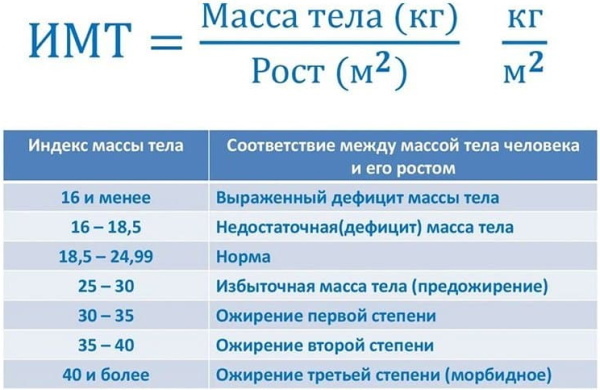
The algorithm is as follows:
- Height (cm) is squared.
- Body weight (kg) divided by this value.
- The calculation result is considered BMI.
- According to Quetelet, the resulting number should be in the range 19-25. This index is considered optimal.
The main disadvantage of the technique is the lack of distinction between heavy muscle fibers and light fatty layer. This does not take into account the type of body structure. Therefore, the result for men and women can hardly be called objective.
Formula by body type
Correction of the technique, taking into account the anatomical structure, significantly increases the result of calculations and makes it close to reality. There are 3 basic and standard types of body constitution.
For asthenics, thinness with thin, elongated limbs relative to the body is characteristic. An important feature of people with such a body constitution in the context of determining BMI is a small amount of subcutaneous fat and muscle fibers. The bulk is bone tissue.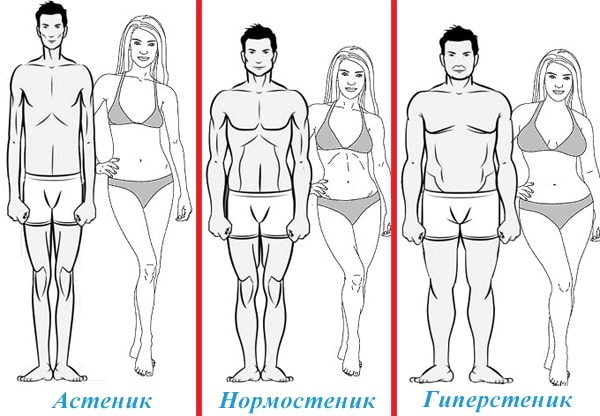
BMI for asthenics is calculated in the same way as for other body types. It is quite simple to calculate it. There are special tables of correspondence of weight and height separately for men and women. The required values are substituted into the formula.
Correspondence table of height and weight for women with different types of body constitution:
| Height, cm | Weight, kg / constitution | ||
| Asthenic | Normosthenic | Hypersthenic | |
| 148-149 | 42-44,8 | 43,8-48,9 | 47,4-54,3 |
| 150-151 | 42,7-45,9 | 44,5-50 | 48,2-55,4 |
| 152-153 | 43,4-47 | 45,6-51 | 49,2-56,5 |
| 154-155 | 44,4-48 | 46,7-52,1 | 50,3-57,6 |
| 156-157 | 45,4-49,1 | 47,7-53,2 | 51,3-58,6 |
| 158-159 | 46,5-50,2 | 48,8-54,3 | 52,4-59,7 |
| 160-161 | 47,6-51,3 | 49,9-55,3 | 53.5-60,8 |
| 162-163 | 48,7-52,3 | 51-56,8 | 54,6-62,2 |
| 164-165 | 49,8-53,4 | 52-58,2 | 55,9-63,7 |
| 166-167 | 50,8-54,6 | 53,3-59,8 | 57,3-65,1 |
| 168-169 | 52-56 | 54,7-61,5 | 58,8-66,5 |
| 170-171 | 53,4-57,9 | 56,1-62-9 | 60-2-67,9 |
| 172-173 | 54,8-58,9 | 57,5-64,3 | 61,6-69,3 |
| 174-175 | 56,3-60,3 | 59-65,8 | 61,3-70,8 |
| 176-177 | 57,7-61,9 | 60,4-67,2 | 64,5-72,3 |
| 178-179 | 59,1-63,6 | 61,8-68,6 | 65,9-74,1 |
| 180-181 | 60,5-65,1 | 63,3-70,1 | 67,3-75,9 |
For girls with a normosthenic figure, a flexible body, increased physical endurance and well-developed muscles are characteristic. This is usually the case with female athletes. Holders of a hypersthenic figure are distinguished by rounded shapes, wide hips and poorly developed muscles.
How to determine your body type?
The constitution of the body depends on genetic characteristics and a set of anatomical parameters that are laid down in the embryonic period. They are called somatotype. The silhouette outlines of the figure change over the course of life under the influence of external factors and nutrition.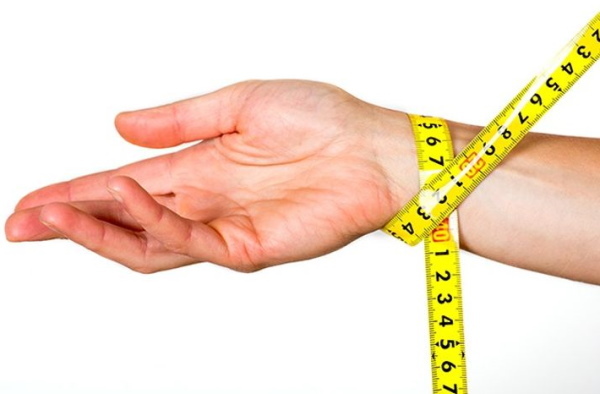
Somatotypic characteristics remain constant. To determine your own type of addition, you should measure the volume of the wrist at the thinnest part. The result obtained characterizes the thickness of the heaviest tissues of the body - bone. This parameter is different for women and men.
With asthenic addition, the wrist circumference is less than 15 cm in women and 18 cm in men. For normosthenics, values of 15-17 and 19-20 cm are characteristic, respectively. With a hypersthenic constitution, the result will be more than 17 for women and over 20 cm for men.
This measurement method is simple but not very accurate. Numerous formulas have been developed to determine the type of body addition. They take into account the proportional relationship between height and weight. The most popular is Peigne.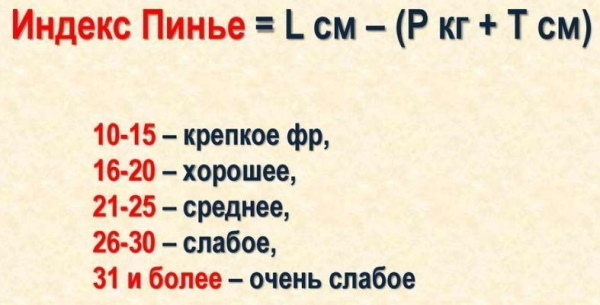
It looks like this: type of addition = height - (body weight + chest volume). Calculations are made in kg and cm. For asthenics, the result will be more than 30, for normosthenics - 10-30, for hypersthenics - less than 10.
Age-based calculation
There is a certain amount of tissue mass per 1 cm of growth, but it depends on age. BMI measurements are made according to the Quetelet formula using a special correction factor.
It is multiplied by growth. At the age of 20, with a height of less than 160 cm, 10% is subtracted from the result obtained. The formula is especially effective for determining BMI in fertile women. The coefficient is determined from the table separately for each type of addition.
Calculation examples
The simplest version of calculating the own weight index does not include additional factors, therefore it is approximate and indicative.
BMI can be calculated (the formula requires squaring the height and dividing the result by body weight) as follows. For an average person 175 cm tall and weighing 65 kg, the mathematical operation takes the following form: 65 / (1.75 * 1.75) = 21.2.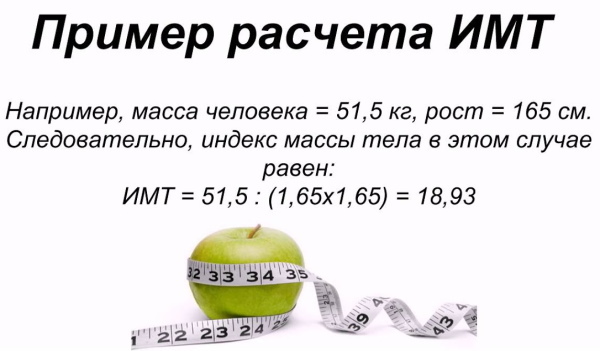
An index in the range of 19-25 is considered normal. The classic formula, taking into account the type of body constitution, requires a correction factor of 10%. With asthenic addition, it is added to the weight, with hypersthenic, it is subtracted from it.
For a woman with a thin-boned skeleton weighing 52 kg and a height of 167 cm, the formula is as follows: (52 + 5.2) / (1.67 * 1.67) = 20.5. BMI is in the normal range.
Decoding ideal body mass index
After inserting your own anthropometric parameters and the correction factor into the selected formula, you need to make simple mathematical calculations. The resulting numerical value will be the individual body mass index.
The result is interpreted according to a special table approved by WHO. The ideal indicator is considered to be a range of 18.5-24.9. A severe weight deficit is indicated by a result of 16 or less. The lack of mass is in the range of values 16-18.5.
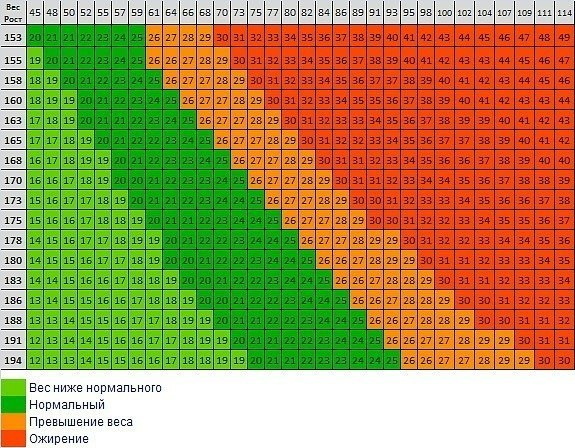
Excess weight is recorded with a result of 25-30. Obesity is in the range of 30-35. If the result is over 40, the condition should be considered severe and critical.
Estimates are approximate and indirect. She may disagree with the medical opinion. There are additional factors that are difficult to account for in the existing formulas.
In case of deviations from the optimal value, it is necessary to consult an endocrinologist, gastroenterologist or general practitioner for advice. Taking into account the difference in muscle mass, the ideal indicator for women is 20-22, for men - 23-25.
BMI 18 or less
This value can pose a significant health hazard.. In some cases, a BMI below 18 indicates a degenerative tissue condition and nutrient deficiency.
It is necessary to balance the diet, take vitamin and mineral complexes. To develop a nutritional system, you should consult a dietitian. This value can be caused by a pathological process in the body. A complete medical examination is recommended.
BMI 25 or more
This figure is considered overstated. It is of an average nature and does not reflect the individual characteristics of physical development. It is not at all worthwhile to give him values to athletes and adolescents.
You should only worry if anthropometric deviations are visually noticeable and negatively affect your health. It is necessary to consult a doctor for diet or therapeutic tactics.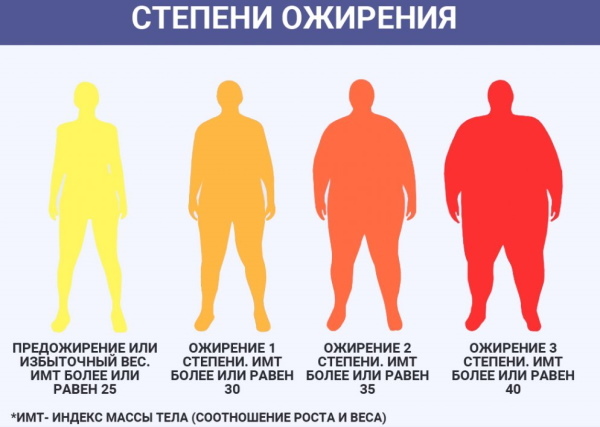
It is recommended to undergo a comprehensive examination to exclude pathological factors of excess weight. In most cases, to normalize the BMI indicator, it is enough to do exercises in the morning, reduce the consumption of fatty foods and flour foods.
Differences in indicators between men and women
For both genders, individual formulas and coefficients are applied. Different table values are used. This is due to differences in height, body composition, and the percentage of bone, muscle, and lipid tissue.
Calculate BMI (the formula is similar, only the substituted values and the WHO-approved age standards) for men and women can be done using the simplest Quetelet method or the improved one developed by Kreff.
Maintaining or restoring a normal body mass index
Many experts are skeptical about this anatomical and physiological indicator. They believe that each case of deviation from the WHO-approved standards requires an individual approach and detailed consideration.
In frequent cases, it is enough to restore the optimal value or maintain the ideal weight index. lead a healthy lifestyle and adhere to a balanced diet, saturated with the necessary for the body nutrients.
A sharp increase in body weight or sudden weight loss may be due to pathological factors. The disease is usually accompanied by other noticeable symptoms. In such a situation, to restore a normal BMI and further maintain it at an optimal level, one cannot do without medical help.
Based on the results of the initial examination, laboratory tests and hardware diagnostics, a specialist of the appropriate profile selects the tactics of therapy. The deviation of body weight from the norm is affected by a huge number of diseases - from bacterial and viral infection to oncology and endocrine disorders.
How to increase your BMI correctly?
For each patient, a set of therapeutic measures and a dietary regimen for gaining weight are selected individually. There is no one-size-fits-all recipe. It all depends on the physiological characteristics and metabolic processes of a particular organism.
The complex of therapy may include:
- medications in the presence of diagnosed diseases;
- vitamin preparations;
- bioactive food additives;
- correction of the diet with an emphasis on high-calorie foods;
- physical activity to increase muscle mass.
Of great importance for the assimilation of food and weight gain is the fragmentation of nutrition. The daily diet is recommended to be divided into 5-6 meals. To stimulate appetite and accelerate metabolic reactions, supplements with L-carnitine, a non-essential amino acid, are prescribed.
A balanced diet is combined with outdoor walks and moderate physical activity. Healthy sleep is essential. In the initial stage of sports activity, preference is given not to strength exercises, but to cardio training.
How to lower your BMI to normal?
Patients with a body mass index over 25 are prescribed diet food with a minimum energy value. If excess weight is due to subcutaneous lipid deposits, fat-burning drugs and amino acids with appropriate pharmacological properties are prescribed.
Physical activity is important for weight loss. A large amount of fresh fruits and vegetables is introduced into the diet. The dietary plan should be calculated by a nutritionist.
The classic formula, which provides for reaching the equilibrium point when consuming 10-20% of plant foods from the daily value, is not suitable for everyone. Hazelnuts, avoiding sugar and sugary foods contribute to weight loss.
Consequences of low and high BMI
A weight index over 30 is considered the etiological factor of colorectal cancer hyperplasia. Being overweight contributes to hearing impairment in older patients, especially in women during menopause. Obesity (BMI 40 or more) is the cause of obstructive sleep apnea syndrome.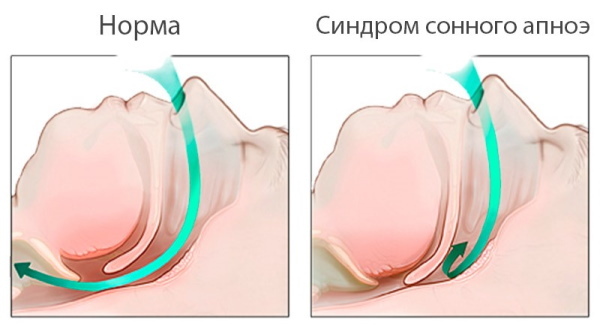
Overweight, according to WHO, increases the risk 25 times:
- hypertensive crises;
- stroke;
- diabetes mellitus;
- osteoarthritis - a destructive pathology of the joints associated with the inability of the joints to fulfill their functional purpose.
In fertile women, the likelihood of developing malignant tumors of the mammary glands, uterus and ovaries is significantly increased. Overweight leads to vascular thrombosis and causes varicose veins.
Low body weight suppresses immunity and reproductive function.
A BMI of less than 18.5 is associated with a degenerative state of the musculoskeletal structures, which contributes to an increase in the fragility of skeletal elements. It is necessary to calculate your weight in order to avoid anemia - a deficiency of hemoglobin in the blood. The existing formulas can only give a general idea of the state of health.
Body Mass Index Videos
Body mass index calculation:



